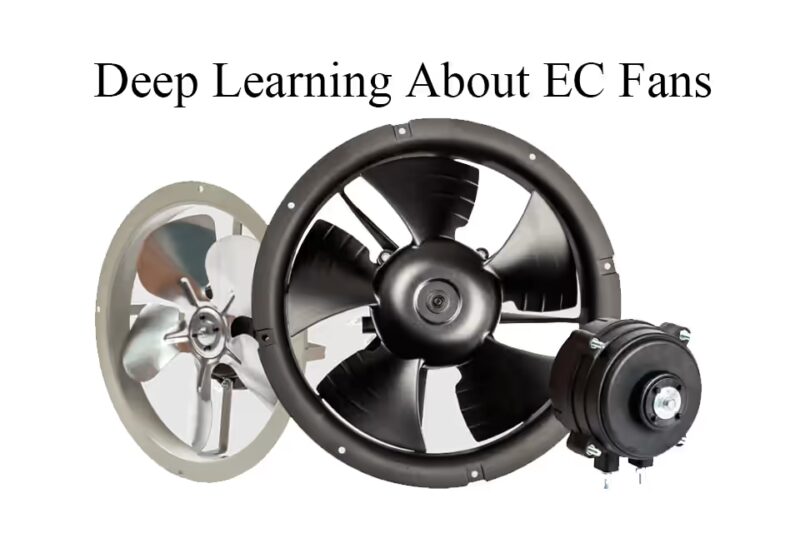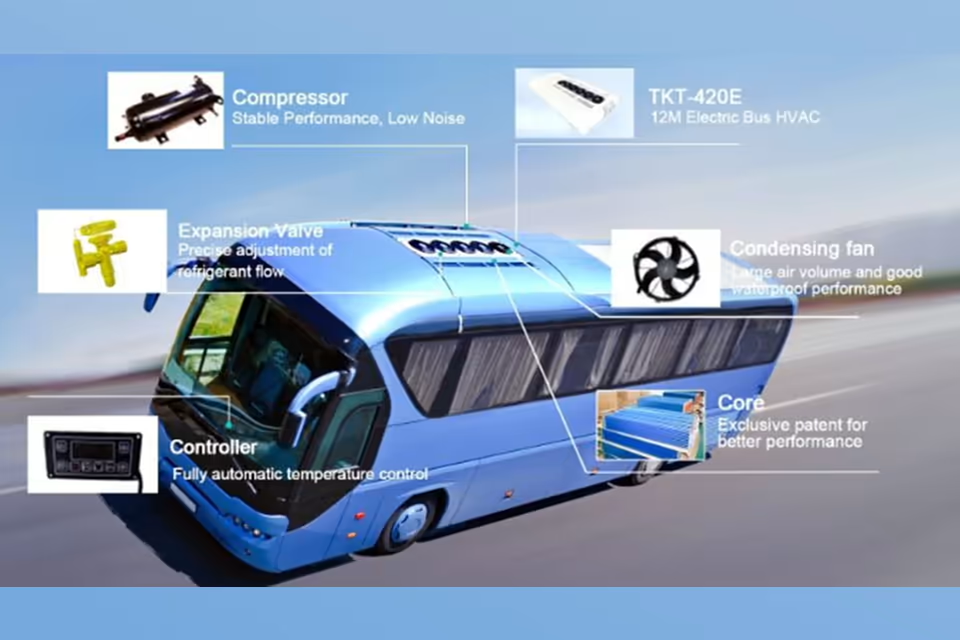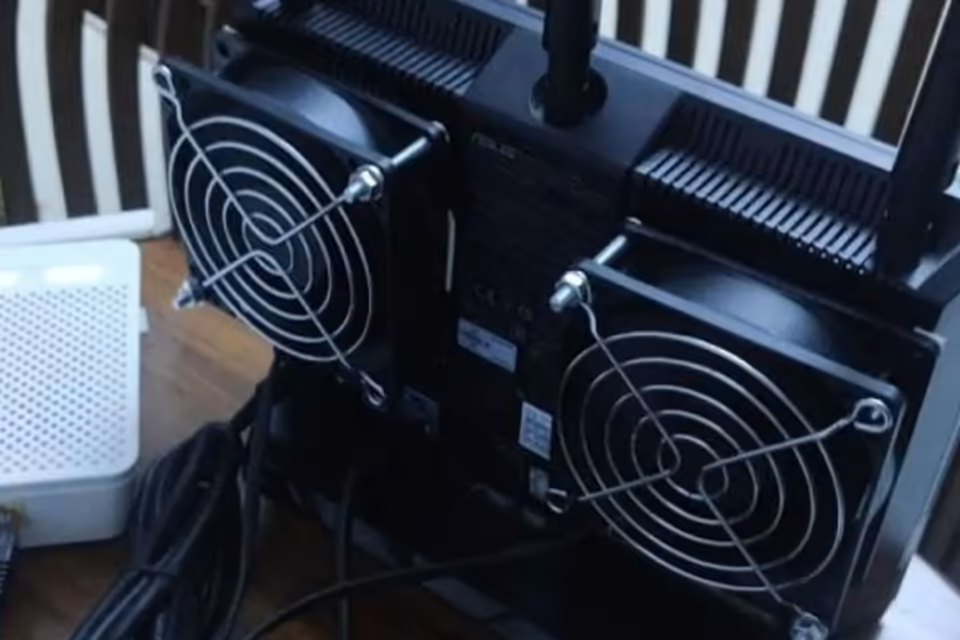In the global push towards greater energy efficiency and sustainability, electronically commutated (EC) fan technology has emerged as a transformative force in various industries, from HVAC and refrigeration to data centers and healthcare.
Upgrading from traditional alternating current (AC) fans to modern EC fans offers a compelling proposition for businesses and homeowners alike, promising significant energy savings, enhanced performance, and a reduced environmental footprint.
This comprehensive guide will delve into the world of EC fans, exploring their underlying technology, the multifaceted benefits of retrofitting, and a practical roadmap for upgrading your current system.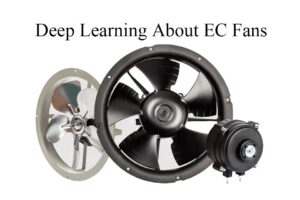
Understanding EC Fan Technology
At its core, an EC fan is a fan that houses an electronically commutated motor. This innovative motor technology combines the advantages of both AC and DC voltages, delivering exceptional performance and efficiency.
Unlike traditional AC induction motors that rely on carbon brushes and electromagnetic induction to create a rotating magnetic field, EC motors utilize permanent magnets in their rotors and an electronic circuit board for commutation.
This fundamental design difference is the key to their superior efficiency. The electronic commutation eliminates the energy losses associated with brushes and the need to induce a secondary magnetic field, as is the case with AC motors.
This allows EC motors to achieve efficiency levels of up to 90%, a significant improvement over the typical 60-80% efficiency of their AC counterparts. In essence, more of the electrical energy consumed is converted into rotational force, and less is wasted as heat.
The Compelling Benefits of an EC Fan Retrofit
The decision to retrofit an existing system with EC fans is backed by a host of tangible benefits that extend beyond mere energy savings. These advantages contribute to a lower total cost of ownership and improved operational effectiveness.
Significant Energy Savings
The most prominent advantage of upgrading to EC fans is the substantial reduction in energy consumption. EC fans can use up to 70% less energy than their AC equivalents. This dramatic decrease in power usage translates directly into lower electricity bills, with some commercial buildings saving thousands of dollars annually.
A key factor in this efficiency is their ability to maintain high performance even at partial speeds, a scenario where AC motors typically lose a significant amount of efficiency.
Precise Speed Control
EC fans come with integrated variable speed control, allowing for precise modulation of airflow to match real-time demand. This control is typically managed through a 0-10V signal, a potentiometer, or digital communication like Modbus.
This level of control is crucial in applications with varying loads, such as HVAC systems, where it prevents energy waste from running fans at full speed unnecessarily.
Reduced Maintenance and Longer Lifespan
The brushless design of EC motors eliminates the wear and tear associated with carbon brushes, a common point of failure in traditional motors. This translates to significantly reduced maintenance requirements and a longer operational lifespan, which can extend to 10-15 years or more.
Furthermore, EC fans operate at lower temperatures, reducing stress on motor components and further contributing to their longevity.
Quiet Operation
The smooth and controlled operation of EC motors results in significantly lower noise levels compared to AC fans, especially when running at reduced speeds. This makes them an ideal choice for noise-sensitive environments such as offices, hospitals, libraries, and data centers.
Compact and Versatile Design
EC motors are generally more compact and lightweight than AC motors with similar power outputs. This space-saving design makes them easier to integrate into existing systems and is particularly beneficial for retrofit projects where space may be limited. Their versatility makes them suitable for a wide range of applications, including air handling units (AHUs), refrigeration condensers, and computer room air conditioning (CRAC) units.
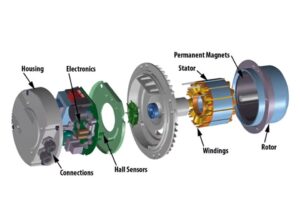
A Practical Guide to Retrofitting Your System
The process of retrofitting an existing system with EC fans is a straightforward endeavor that can yield significant returns on investment, often within two years. Here is a step-by-step guide to help you navigate the upgrade:
Step 1. Assess Your Current System
The first step is to thoroughly evaluate your existing fan system. This involves measuring the current airflow and static pressure to establish a baseline for performance. It’s also crucial to understand the operational requirements of your system to ensure the new EC fans are appropriately sized to meet these demands.
Step 2. Select the Right EC Fans
Once you have a clear understanding of your system’s requirements, you can select the appropriate EC fans. It’s essential to compare the fan curves of your existing fans with the proposed EC fans to ensure they can deliver the necessary airflow and pressure. For larger systems, such as AHUs, replacing a single large belt-driven fan with a fan grid of smaller, spider-mounted EC plug fans can improve airflow, add redundancy, and simplify installation.
Step 3. Plan the Installation
With the right fans selected, the next step is to plan the installation process. Many manufacturers offer “plug and play” modular solutions that simplify the retrofitting process. These kits are often designed to seamlessly replace older, less efficient fans with minimal modifications to the existing air handling unit. Ensure you have all the necessary ancillary equipment, such as controllers and wiring.
Step 4. Installation and Commissioning
The installation process typically involves removing the old AC fan and motor assembly and installing the new EC fan or fan grid. The compact nature of EC fans often makes this process easier than anticipated. Once installed, the system needs to be commissioned. This involves connecting the control signals (e.g., 0-10V from a Building Management System) and verifying that the fans are operating as expected.
Step 5. Validate the Savings
After the retrofit is complete, it’s beneficial to measure the new energy consumption to validate the projected savings. This data can be used to calculate the actual return on investment and demonstrate the value of the upgrade.
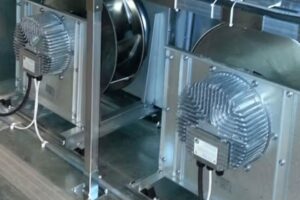
The Future is Efficient
Making the Switch to EC Fans
Upgrading to EC fans is more than just an equipment change; it’s a strategic investment in efficiency, reliability, and sustainability. While the initial upfront cost of EC fans may be higher than that of traditional AC fans, the long-term savings in energy and maintenance make them a financially prudent choice. As energy regulations become more stringent and the focus on environmental responsibility intensifies, the adoption of EC fan technology is expected to continue growing. By retrofitting your current system with EC fans, you can not only significantly reduce your operating costs but also contribute to a greener, more sustainable future.

